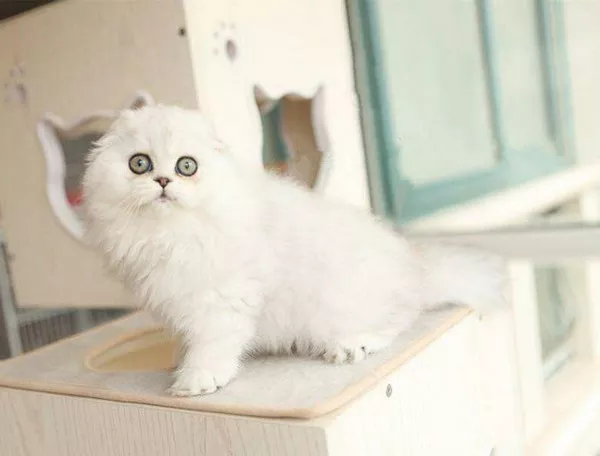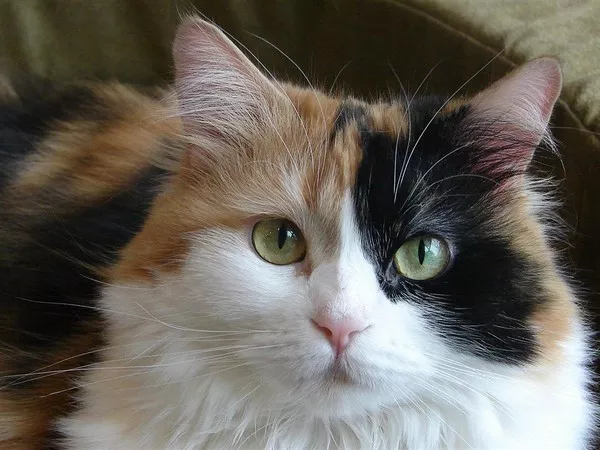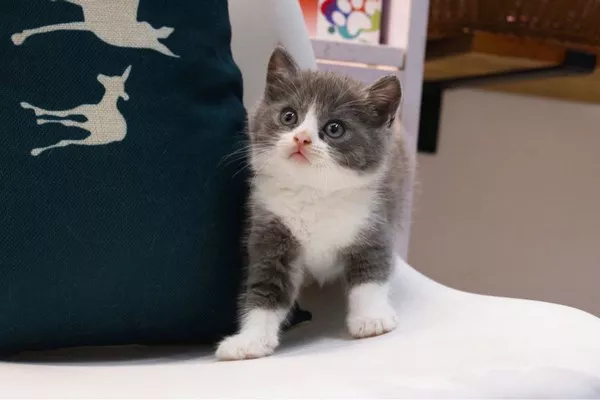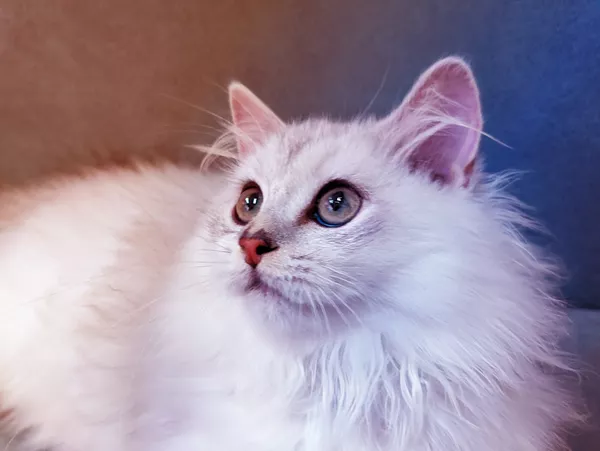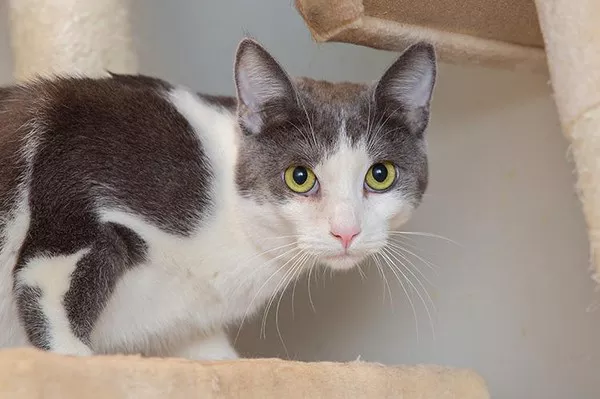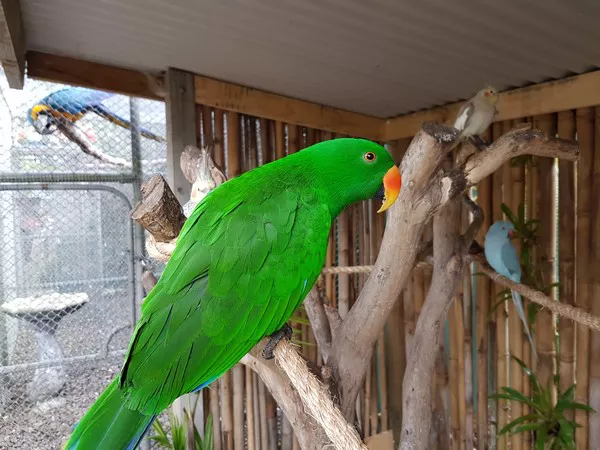British Shorthair cats are adored for their round faces, plush coats, and sweet temperaments. To maintain their iconic appearance and overall well-being, regular grooming is essential. Grooming not only helps keep their coat clean and healthy but also provides an opportunity for bonding and monitoring their overall health. In this comprehensive guide, we will explore the various aspects of grooming a British Shorthair cat, including brushing, bathing, nail trimming, ear cleaning, dental care, and the importance of professional grooming.
Brushing
The British Shorthair cat‘s dense and plush coat requires regular brushing to prevent matting and remove loose hair. Brush your cat‘s coat at least once or twice a week using a soft-bristled brush or a stainless-steel comb. Start from the head and gently work your way down to the tail, paying close attention to the chest, armpits, and belly where tangles are more likely to form. Brushing not only removes dead hair but also helps distribute natural oils, keeping the coat soft and shiny. Use this grooming session as an opportunity to check for any skin issues, lumps, or parasites.
Bathing
While British Shorthair cats are generally clean and self-grooming, occasional baths may be necessary, especially if they get into something sticky or smelly. Before bathing, ensure you have all the necessary supplies ready, including a gentle cat shampoo, towels, and a non-slip surface. Fill a sink or shallow tub with lukewarm water and gently place your cat in it. Wet their fur thoroughly, avoiding their face and ears, and apply a small amount of cat shampoo. Gently massage the shampoo into the fur, working up a lather. Rinse your cat thoroughly to remove all the shampoo and wrap them in a towel to dry. Keep your cat warm and comfortable during the drying process.
Nail Trimming
Regular nail trimming is crucial for the comfort and well-being of your British Shorthair cat. Trim their nails every few weeks or as needed to prevent them from becoming too long or sharp. Use cat-specific nail clippers or human nail clippers with a straight edge. Be cautious not to cut into the quick, the pink area within the nail that contains blood vessels and nerves. If your cat has dark nails and you cannot see the quick, trim small amounts at a time to avoid accidental injury. If you’re unsure or uncomfortable with trimming your cat’s nails, seek guidance from a veterinarian or professional groomer.
Ear Cleaning
The ears of British Shorthair cats are prone to wax buildup and debris, which can lead to ear infections if left unattended. Inspect your cat’s ears regularly for redness, odor, or discharge. Use a cat-specific ear cleaning solution and a soft cotton ball to gently clean the visible parts of the ears, avoiding deep insertion. Never use cotton swabs or any sharp objects, as they can damage the delicate ear canal. If you notice any signs of ear infection or discomfort, consult your veterinarian.
Dental Care
Maintaining good dental hygiene is vital for your cat’s overall health. Poor dental health can lead to gum disease, tooth decay, and other serious health issues. Get your British Shorthair accustomed to having their teeth brushed from an early age. Use a cat-specific toothbrush and toothpaste to gently brush their teeth in circular motions. Start slowly, gradually increasing the duration and coverage of the brushing. Additionally, provide dental treats and toys designed to promote oral health.
Professional Grooming
While regular at-home grooming is essential, there are benefits to seeking professional grooming services for your British Shorthair cat. Professional groomers have the expertise, experience, and tools to address specific grooming needs. They can provide specialized services such as sanitary trims, breed-specific haircuts, and addressing any difficult matting or coat issues. Professional groomers can also perform a thorough inspection of your cat’s skin, ears, teeth, and overall health, alerting you to any potential concerns that may require veterinary attention.
When choosing a professional groomer, look for someone who is experienced in working with cats and has a good reputation. Ask for recommendations from your veterinarian or fellow cat owners, and read reviews or testimonials to ensure the groomer provides a safe and comfortable environment for your British Shorthair.
Grooming Tips for a Stress-Free Experience
Grooming sessions should be a positive and stress-free experience for both you and your British Shorthair cat. Here are some additional tips to make grooming sessions enjoyable:
- Start grooming your cat from a young age to help them become accustomed to the process and associate it with positive experiences.
- Use treats, praise, and gentle strokes to reward and soothe your cat during grooming sessions.
- Break grooming sessions into shorter, more manageable time intervals, especially if your cat becomes restless or anxious.
- Use grooming as a bonding opportunity, talking to your cat in a soothing voice and providing reassurance throughout the process.
- Create a calm and quiet environment by grooming your cat in a familiar and comfortable space, away from distractions.
- Introduce grooming tools gradually, allowing your cat to sniff and explore them before using them on their fur.
- Be patient and gentle, allowing your cat to take breaks or end the session if they become overwhelmed.
By following these tips and establishing a regular grooming routine, you can maintain your British Shorthair cat’s coat and overall well-being while fostering a strong bond between you and your feline companion.
In conclusion, grooming a British Shorthair cat involves regular brushing, occasional baths, nail trimming, ear cleaning, dental care, and, if needed, seeking professional grooming services. These grooming practices not only keep your cat’s coat clean, healthy, and free from tangles but also allow you to monitor their overall health and well-being. Remember to approach grooming sessions with patience, rewards, and a gentle touch to ensure a positive and stress-free experience for both you and your beloved British Shorthair.
Recommended reading:




